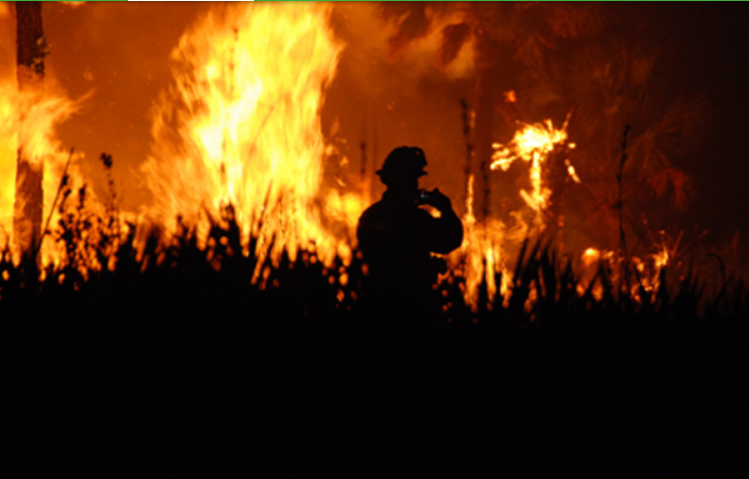HOW CAN EMPLOYERS PROTECT THEIR WORKFORCE FROM SECOND HAND SMOKE?
|
HOW CAN EMPLOYERS PROTECT THEIR WORKFORCE FROM SECOND HAND SMOKE?

Russell Corlett, Health & Safety Director, Peninsula
The big negative of the glorious warm weather the UK has been experiencing of late has been the number of wildfires springing up across the UK. Some of the wildfires have been burning relentlessly for more than a week, meaning a pall of heavily contaminated smoke has been hanging in the air and in some cases near workplaces.
As the smoke is environmental and not created by a work related activity an employer is not expected to try and prevent the smoke or control the exposure of it. As the smoke is in the air; at the end of the day when the workers go home they will continue to be exposed to the same levels of air pollution.
However, there is a duty consider the welfare of staff at work and so it is important to understand the nature of the smoke, to recognise that some staff may be at greater risk than others and may need to be treated sympathetically.
Gases and fine particles
The smoke created from the wildfire is made up of a complex mixture of gases and fine particles produced when peat, bracken and other organic materials burn. The biggest health threat from the smoke is the fine microscopic particles that can penetrate deep into the lungs. The smoke is not toxic however can cause a range of health problems, from burning eyes and a runny nose to aggravated chronic heart and lung diseases.
Anyone can experience burning eyes, a runny nose, cough, phlegm, wheezing and difficulty breathing. However, at greatest risk are those;
- with heart or lung disease;
- the elderly;
- children;
- pregnant and nursing mothers;
- asthmatics;
- diabetics
If employers have an air-conditioned workplace the incoming air will be filtered and while this should be able to filter out the particulate matter it won’t remove the smell. It is important that the filters should be cleaned and serviced as the filters will be ineffective if not. When the air is heavily contaminated the filters will need cleaning more often than otherwise. It is important to note; paper dust masks will be of no use because they will not filter out the particulate matter that causes the problems. Only full face-fitted respiratory protective equipment will do that.
Employers should identify anyone in their workforce who is at the greatest risk and be prepared to work with them to reduce risk. For example, could there be an opportunity to work from home until the hazard has passed, or are there parts of the premises where the effects of pollution are less noticeable, could they temporarily work there?
Most importantly employers should seek advice from the authorities dealing with the outbreak. Employers should follow their advice as they will be measuring the concentration of particles in the air and can advise on particular actions for particular locations.
https://www.shponline.co.uk
|




